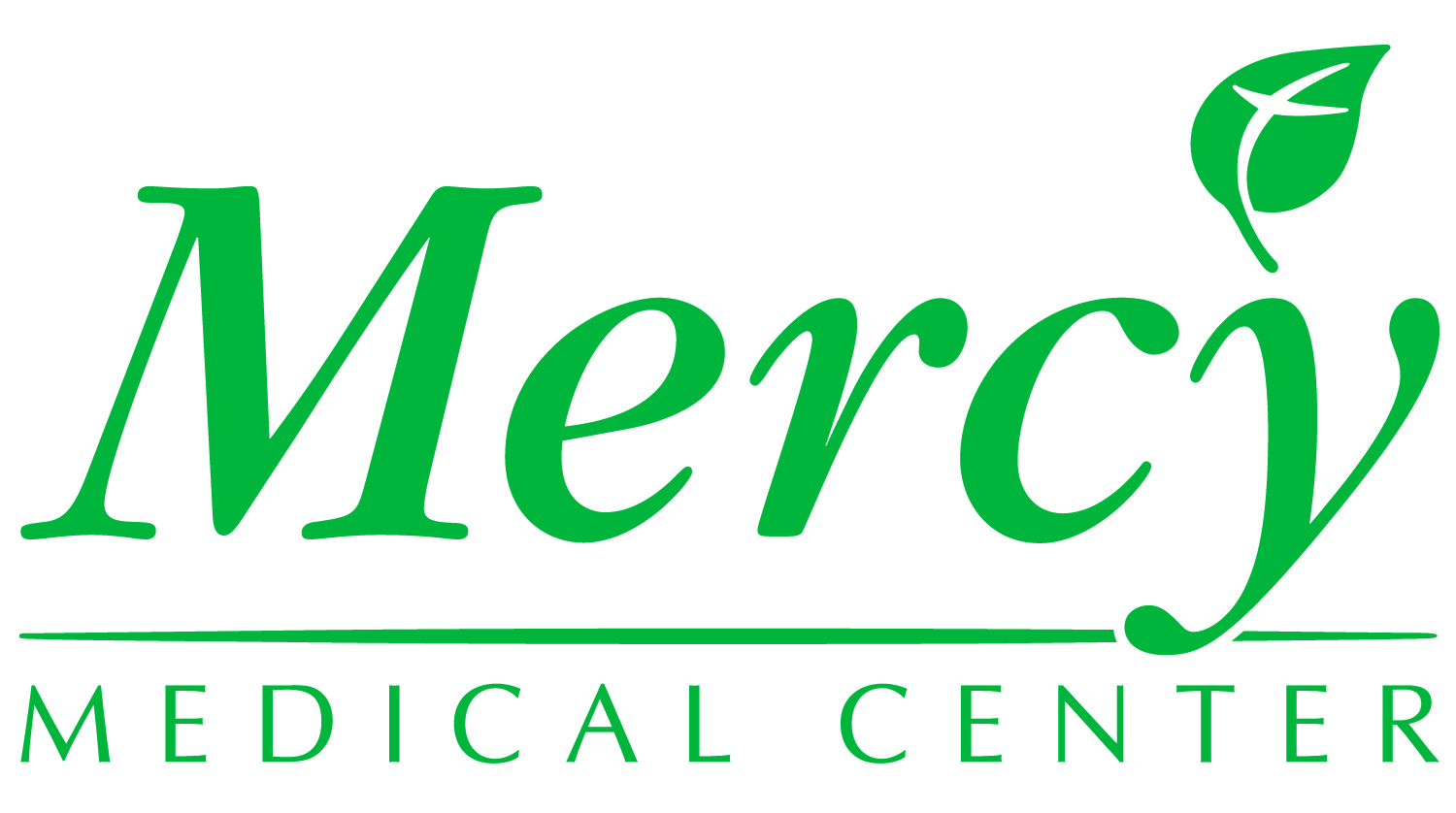Newswise — (Baltimore, MD) – As the number of people receiving colonoscopies has increased in recent years, polyp detection has improved and the number of endoscopic procedures to remove polyps has increased. Unfortunately, that has also meant an increase in the number of colonic perforations, a worrisome adverse event that often requires emergency surgery. To explore how this issue might be best addressed, Mercy Medical Center physicians led by principal investigator Dr. Sergey V. Kantsevoy of The Melissa L. Posner Institute for Digestive Health and Liver Disease at Mercy conducted a study to evaluate the feasibility and effectiveness of closing full-thickness colonic perforations endoscopically. The study is the cover feature of the September 2016 issue of Gastrointestinal Endoscopy journal. The study involved a retrospective analysis of patients with endoscopically closed colon perforations (2009-2014), looking at closure achieved by using endoscopic clips or by an endoscopic suturing device (in this case, the OverStitch™ Endoscopic Suturing System). Research indicated that endoscopic suturing of colon perforations was the more effective option, with the patients receiving same experiencing “complete and adequate endoscopic closure of the perforations…patients did not require any rescue surgery or laparoscopy after endoscopic suturing,” the article noted. “In the U.S. there are more than 14.2 million screening colonoscopies performed every year, with perforations occurring in as many as one out of every 1,000—that’s 14,200 colon perforations. And colon perforations can occur during other abdominal procedures, such as the removal of colon polyps or colon resections, so determining the fastest, most effective way to close these perforations for the patient’s benefit is extremely important,” said Dr. Sergey V. Kantsevoy, Director of The Center for Therapeutic Endoscopy at Mercy Medical Center. According to Dr. Kantsevoy, while previous animal experiments revealed the technical feasibility of endoscopic closure of colon perforations using clips and sutures, “no dedicated clinical study has compared the reliability of various endoscopic techniques for closing colonic perforations in humans. Our research indicates that endoscopic suturing of colon perforations in humans may be effective,” he said.
Noting that the study is limited by being retrospective in its analysis and in scope, examining only a small group of patients, Dr. Kantsevoy expressed optimism “that additional larger prospective, multi-center studies will be conducted to confirm these initial results.
“Given what we have seen in this study, it appears that closing colon perforations by using endoscopic suturing is technically feasible, eliminates the need for rescue or emergency surgery and appears to be more effective than closure using endoscopic clips,” he said.
In addition to Dr. Kantsevoy, Mercy physicians Dr. Michael E. Cox, Gastroenterology; Drs. Thomas Swope, Kelly Alexander, and Nora Meenaghan, Minimally Invasive Surgery; Dr. Vadim Gushchin, Surgical Oncology; and Dr. J. Lawrence Fitzpatrick, General Surgery, Chief of the Department of Surgery at Mercy, as well as Marianne Bitner, CRNA, and Dr. Gulara Hajiyeva, participated in the study.
Mercy Medical Center is a 142-year-old,university-affiliated medical facility recognized as a “Top Hospital” by U.S. News and World Report with a national reputation for women’s health care. For more information, visit Mercy online at www.mdmercy.com; at MDMercyMedia on Facebook and Twitter; or call 1-800-MD-Mercy.
